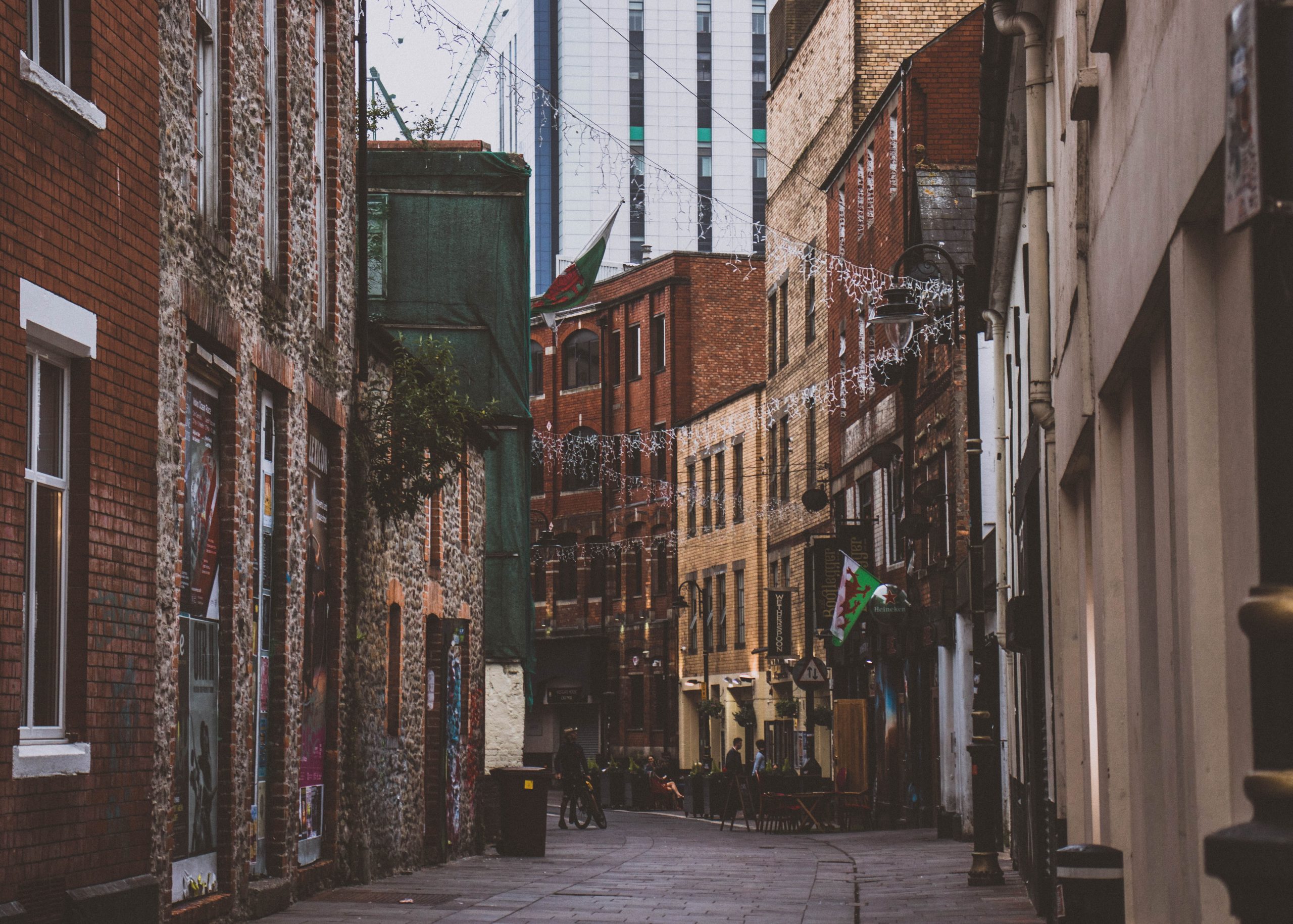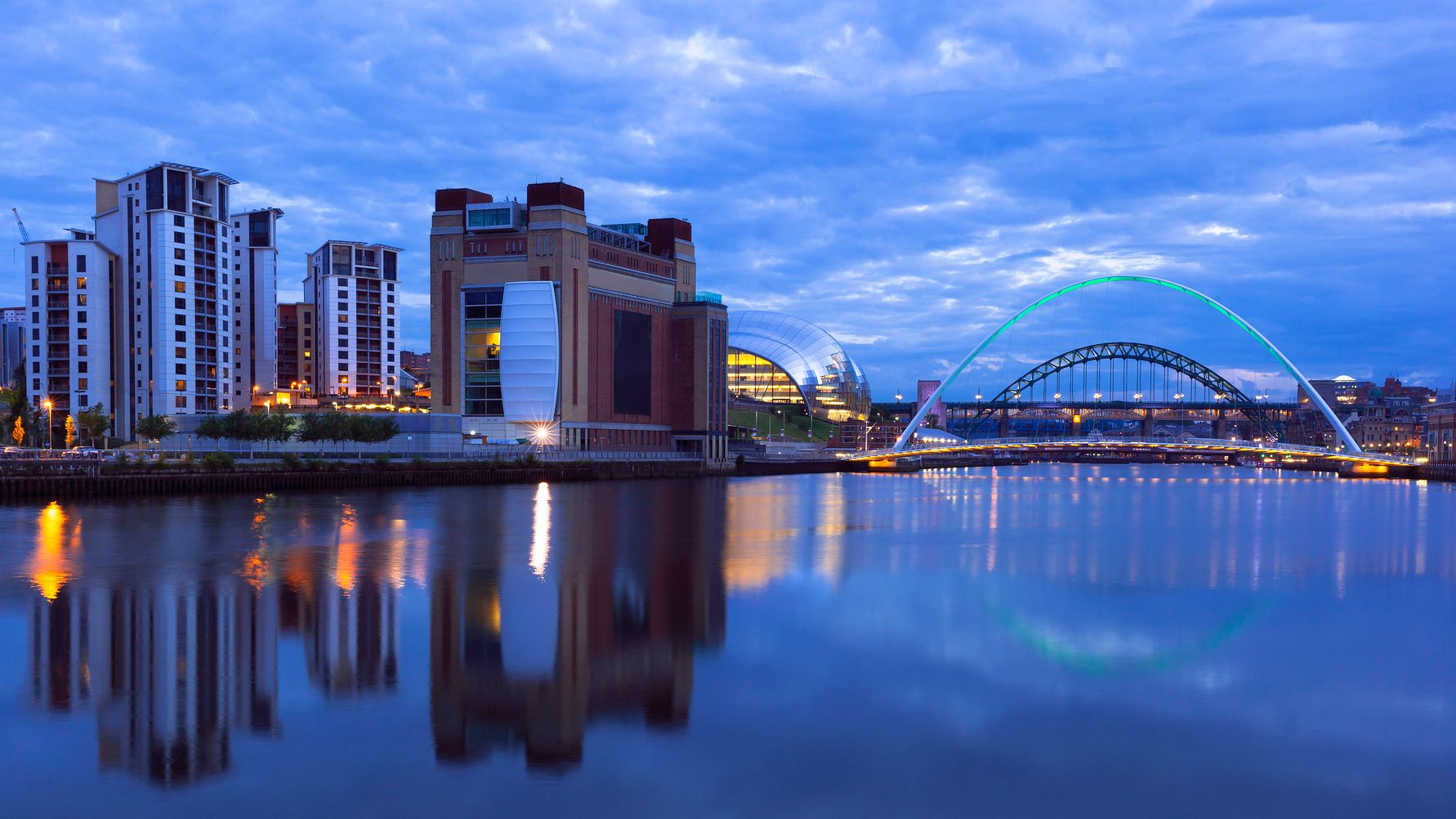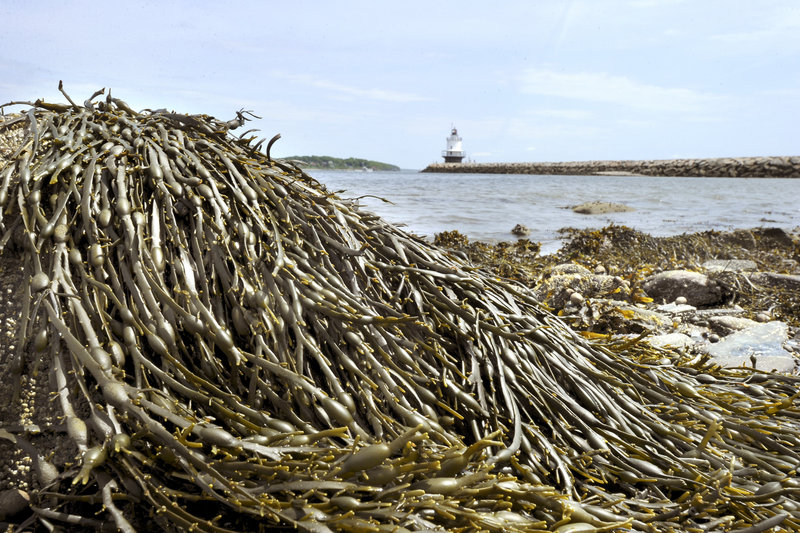



:quality(70)/cloudfront-us-east-1.images.arcpublishing.com/adn/PYP6QDAFN5AVNMFKQAS7NK7PPA.jpg)
:quality(70)/cloudfront-us-east-1.images.arcpublishing.com/adn/PVCLRHVPNNH3VOMPBKMR5PT2GQ.jpg)


Maine's working waterfront and Western Alaska villages are both examples of coastal communities that have experienced economic prosperity through various initiatives and efforts. In Maine, industries like rockweed harvesting have provided income opportunities in regions where traditional employment is scarce [de9bf835]. Additionally, families in rural Maine have had to be resourceful and take on gig jobs to make ends meet, highlighting the importance of adaptability in these communities [12f3e2e5]. In Western Alaska, activist Harold Sparck has played a pivotal role in changing the economic structure of the Bering Sea fishing industry. His efforts have led to the creation of nonprofits that use pollock earnings to finance economic development in Alaska communities, bringing new economic opportunities to the region [90af6a9c]. Vic Fischer, the last surviving delegate to Alaska's Constitutional Convention, has also made significant contributions to Alaska's economic development. Fischer's work in the statehood movement, the formation of municipal government in Anchorage, and the founding of the University of Alaska's Institute of Social and Economic Research (ISER) have shaped Alaska's history [2f12bfb2]. Fischer's commitment to the public good and his belief in the power of research have influenced the successful construction of the trans-Alaska oil pipeline and his unwavering enthusiasm for Alaska's future [2f12bfb2].
Southeast Alaska has a thriving arts economy, with over 2,300 full-time and part-time artists earning $29.9 million in 2014. The arts and culture sector contributed $1.38 billion and 11,180 jobs to Alaska's overall economy in 2021 [c6a29b57]. However, the arts are often undervalued compared to other economic sectors. Challenges facing Southeast Alaskan artists include affordable housing, fake 'authentic Alaskan' art, and resource scarcity. Organizations like Spruce Root, Sealaska Heritage Institute, and tribal governments are providing educational opportunities and resources to support artists. The arts economy includes traditional mediums like painting, carving, and weaving, as well as photography, music, and writing. Nonprofit arts/culture organizations generated $151.7 billion in economic activity nationally in 2022. Efforts are being made to address challenges and provide better access to arts education, including programs offered by Sealaska Heritage Institute and the University of Alaska Southeast. Supporting the arts not only boosts the economy but also fosters community connections and cultural preservation [c6a29b57].
In Greenfield, Massachusetts, the Greenfield Cultural Council is considering expanding and creating a nonprofit organization to raise money for local artists and events [53e4a422]. The council currently distributes grant funds allocated by the state to local artists and organizations. The establishment of a nonprofit would help sustain a vibrant creative economy in the city. Lawmakers and state organizations have emphasized the importance of the creative economy, with Governor Maura Healey's budget recommendation for the upcoming fiscal year allocating $25.5 million for Massachusetts Cultural Council operations. Last year, the Greenfield Cultural Council received $19,400 from the state and awarded 59 grants to arts, humanities, and science initiatives in the city [53e4a422].
There are currently four bills in the Legislature aimed at preserving the creative sector by designating and preserving creative spaces, revitalizing downtown areas, making creative spaces accessible to people with disabilities, and funding the creation and maintenance of public art. The arts and culture sector in Massachusetts generated $28.6 billion in economic activity and 133,773 jobs in 2022, accounting for 4.1% of the state's economy. The proposed bills are the result of conversations with members of the arts and culture community across the state about their concerns and how the state can help solve those problems [53e4a422].
Meanwhile, in Gateshead, a cultural-led regeneration initiative called Flourish is set to promote a more dynamic and inclusive creative and cultural environment in the city. Dr. Rebecca Prescott from Northumbria University's Newcastle Business School and Dr. Alexander Wilson from Newcastle University have received £165,000 in levelling up funding from Gateshead Council's levelling up fund for the research project. The project aims to work with artists, local businesses, and cultural sector entrepreneurs to create a more vibrant community. The research will include ecosystem-mapping and urban participatory planning, with the findings expected in May 2025. The project is part of a wider regeneration and revitalization initiative, the Tyne Derwent Way, which is a 9-mile outdoor trail connecting the center of Gateshead with the Derwent Valley. The researchers will also collaborate with Creative Cultural Zones around the UK to share knowledge and increase activity in the town center, benefiting the wider communities of Gateshead. The economic and cultural impact of the project will extend to the south side of the Tyne with the completion of the new Sage Arena and International Conference Centre in 2027 [f0facd00].
In Wales, culture-led economic regeneration is being explored as a strategy to boost the economy and revitalize cities. Cardiff, the capital of Wales, has been designated as the UK's first 'Music City' and has seen a rise in international artists performing in the city. The success of Taylor Swift's Eras Tour in Cardiff is cited as an example of how culture-led initiatives can have a positive impact on local economies [561fd5a2]. However, there are concerns about the potential impact on the city's grassroots music scene and communities. The authors of an analysis argue for a rethinking of culture-led economic regeneration to ensure equal opportunities for cultural expression and celebration for all members of the community [561fd5a2].
The article raises the issue of economically driven and consumerist conceptions of culture, which can lead to the conversion of public spaces into areas focused on consumption. This raises questions about the balance between economic development and the preservation of local culture and community [561fd5a2]. It also highlights the decline in the number of music venues in Cardiff, raising concerns about the impact of culture-led regeneration on the local music community [561fd5a2]. The authors emphasize the need for equal opportunities and support for grassroots music and cultural expression alongside larger cultural events and initiatives [561fd5a2].
Overall, the article highlights the potential benefits and risks of culture-led economic regeneration, emphasizing the importance of considering the impact on local communities and ensuring equal opportunities for cultural expression and celebration [561fd5a2].